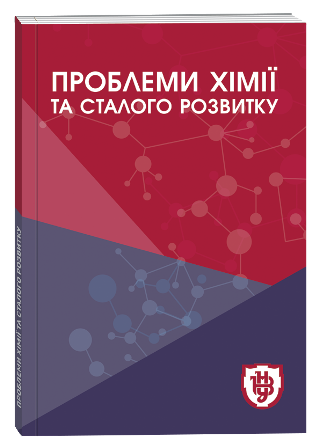GREEN ROOFS AS AN ELEMENT OF DECENTRALIZED RAINWATER MANAGEMENT
DOI:
https://doi.org/10.32782/pcsd-2023-2-6Keywords:
extensive green roof, intensive green roof, retentive roof, single-layer construction, multi-layer constructionAbstract
Urban warming and the formation of urban heat islands are issues of increasing importance. The ongoing reduction of vegetation in urban areas, the increase in extreme weather events and the global warming trend pose serious challenges for future urban areas. Large green roofs make a significant contribution to reducing and delaying heavy rainfall runoff, binding dust, improving air quality, reducing noise pollution, creating additional open spaces, and cooling buildings and urban spaces through evaporation. Urban warming is largely due to the loss of vegetation cover. The conclusion is that the use of rainwater in particular makes sense as a contribution to urban rainwater management. Urban water management is of great economic importance, significantly influencing and shaping modern society. It is the responsibility of the municipal water sector to ensure that sufficient drinking water of hygienically ideal quality is available in the long term. Waste water treatment and its reintroduction into the environment is part of the responsibility in the context of sustainable urban development and further European integration. After all, green roofs are a way to increase overall economic and environmental efficiency, along with the above benefits. A sense of security through flood protection in settlements and infrastructure is a good example of this. The importance of roof greening as an essential component of climate-adapted urban planning is also on the lips of European architects, environmentalists, landscape designers, and policy makers. We need to ask ourselves why, despite this, nothing is happening in this direction in Ukraine. Because we lack "legislative solutions in the green industry", because there are no regulatory guidelines for the area of "greening of the roof, facade and interior".
References
Sieker, F.; Kaiser, M.; Sieker, H. (2006): Dezentrale Regenwasserbewirtschaftung im privaten, gewerblichen und kommunalen Bereich. Grundlagen und Ausführungsbeispiele. Unter Mitarbeit von Frank Panning und Harald Sommer. Stuttgart: Fraunhofer IRB Verlag.
Johannessen, B.; Muthanna, T.; Braskerud, B. (2018): Detention and Retention Behavior of Four Extensive Green Roofs in Three Nordic Climate Zones. In: Water 10 (6), S. 671. DOI: 10.3390/w10060671.
Viola, F.; Hellies, M.; Deidda, R. (2017): Retention performance of green roofs in representative climates worldwide. In: Journal of Hydrology 553, S. 763–772. DOI: 10.1016/j.jhydrol.2017.08.033.
Mann, G. (2012): 4.2 Vegetationstechnik. In: Handbuch Bauwerksbegrünung: „Planung, Konstruktion, Ausführung.
Gong, Y.; Yin, D.; Fang, X.; Li, J. (2018): Factors Affecting Runoff Retention Performance of Extensive Green Roofs. In: Water 10 (9), S. 1217. DOI: 10.3390/w10091217.
Piro, P.; Carbone, M.; de Simone, M.; Maiolo, M.; Bevilacqua, P.; Arcuri, N. (2018): Energy and Hydraulic Performance of a Vegetated Roof in Sub-Mediterranean Climate. In: Sustainability 10 (10), S. 3473. DOI:10.3390/su10103473.
Andrés-Doménech, I.; Perales-Momparler, S.; Morales-Torres, A.; Escuder-Bueno, I. (2018): Hydrological Performance of Green Roofs at Building and City Scales under Mediterranean Conditions. In: Sustainability 10 (9), S. 3105. DOI: 10.3390/su10093105.
Ansel, W. (2012): Gebäudebegrünung und Stadtplanung. In: Handbuch Bauwerksbegrünung: „Planung, Konstruktion, Ausführung“.







